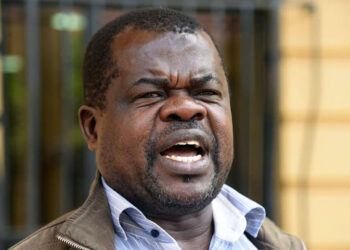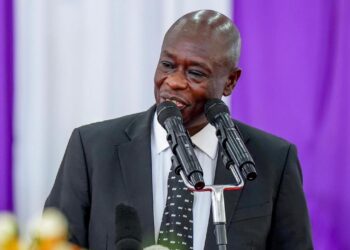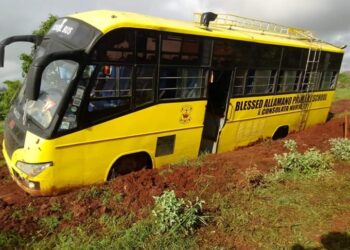On June 25, 2025, Kenya was gripped by nationwide protests marking the first anniversary of the 2024 anti-government demonstrations, which saw over 60 deaths.
The youth-led protests, driven by grievances over government policies, corruption, and police brutality, resulted in at least 16 fatalities and approximately 400 injuries, with significant property damage reported in Nairobi and other cities.
Amnesty International confirmed that most deaths were attributed to police action, intensifying calls for accountability and justice.
The protests, largely organised by Kenya’s Generation Z, erupted across 23 counties, with Nairobi’s Central Business District (CBD) becoming a focal point of unrest. Demonstrators, chanting slogans like “Ruto must go,” clashed with police who deployed tear gas, rubber bullets, and, according to rights groups, live ammunition.
Amnesty International reported that at least five of the 16 fatalities resulted from gunshot wounds, with 83 individuals requiring specialised treatment for severe injuries, including eight with gunshot wounds.
The Kenya National Commission on Human Rights (KNCHR) noted over 400 casualties, including protesters, police, and journalists, and 61 arrests nationwide.
The unrest was fueled by deep-seated frustration with President William Ruto’s administration, accused of perpetuating corruption, economic stagnation, and excessive taxation. The June 25, 2025, protests commemorated the 2024 demonstrations against the controversial Finance Bill, which had sparked a historic storming of Kenya’s parliament.
This year’s demonstrations saw similar scenes, with protesters breaching barricades, setting fires, and damaging businesses in Nairobi, Mombasa, and Kisumu. Reports of looted shops and torched court facilities in Kikuyu underscored the scale of property damage.
Amnesty International and KNCHR condemned the police response, highlighting allegations of excessive force. “Most were killed by police,” said Irungu Houghton, Amnesty Kenya’s executive director, noting the use of live rounds and water cannons.
The KNCHR criticised media restrictions after the Communications Authority of Kenya ordered a halt to live protest coverage, a directive later overturned by a Nairobi High Court.
The heavy-handed tactics, including tear gas fired into crowds and residential areas, echoed past incidents, such as the 2023 protests, where children were injured by canisters.
The protests were further inflamed by the recent death of blogger Albert Ojwang in police custody, with an autopsy revealing assault as the cause, contradicting police claims of suicide. This incident, coupled with reports of over 80 abductions of government critics since 2024, has deepened public distrust in law enforcement.
Protesters carried white crosses and flowers in memory of those killed, with some demanding Ruto’s resignation over ongoing police brutality and governance failures.
Nairobi’s CBD saw roads barricaded with razor wire and police blocking access to parliament and the president’s residence. Despite calls for peaceful demonstrations, clashes with police and alleged pro-government “goons” armed with clubs added to the chaos.
Rights groups urged for independent investigations into the fatalities and excessive force, with families of the deceased advised to seek medical evidence and postmortems to ensure accountability.
The protests reflect broader discontent with Kenya’s economic challenges and perceived government opulence. Ruto, elected in 2022 on promises of progress, faces accusations of misusing taxpayer funds, including on lavish trips.
The 2024 Finance Bill’s withdrawal failed to quell public anger, as new taxes and abductions continue to stoke unrest. Analysts warn that without addressing corruption and police brutality, Kenya risks further violence.
As the nation mourns, the June 25, 2025, protests show the urgent need for dialogue and reform. The youth, undeterred by tear gas and arrests, vow to continue their fight for justice, making Kenya’s political landscape a critical watchpoint in the coming months.















